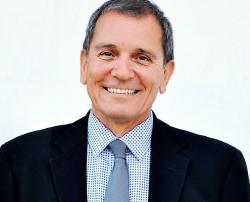Learning To Think Differently
“Start by doing what’s necessary; then do what’s possible, and suddenly you are doing the impossible.” -Francis of Assisi
As Mahatma Gandhi once said, “You must be the change you wish to see in the world.”
And that is the key to this article.
Before I define what diversity is … let me define what diversity is not. Diversity is not a corporate initiative. It’s a way of life. Diversity is not so much about acceptance. It’s about familiarity and fear. Diversity is not just about external influences and first impressions … it’s about holding a mirror up and really seeing our own reflection.
Diversity is also not just about race, culture, gender, age, sexual orientation, or religion. It’s about our individual DNA uniqueness that knits together the tapestry of our life experiences and how our actions and choices affect others.
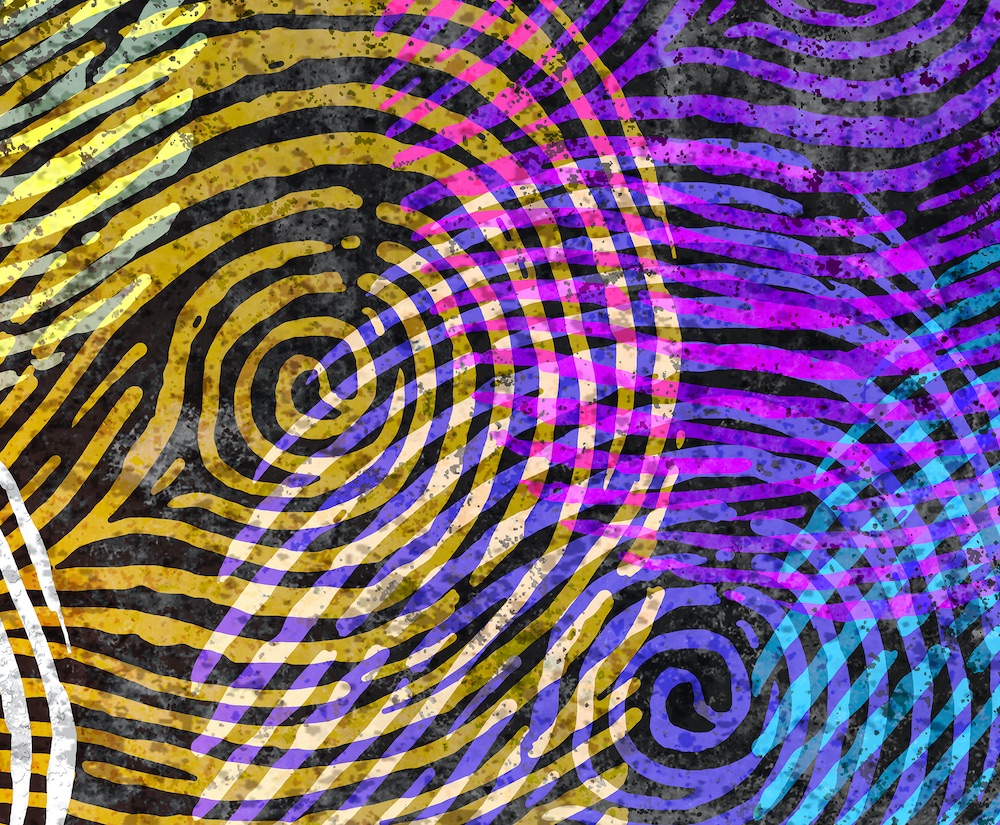
And diversity is also not just about differences as defined in the dictionary… it’s about commonality. For example… all of us come from all walks of life … from different cultures …. We may even speak different languages. And yet, we all speak the same language … the language of science, technology, art, literature, law, mathematics, medicine …whatever it is. My point is that the common denominator to all of these languages — they all translate into the language of creativity, innovation, and inspiration.
I do not believe diversity is about applying a cookie-cutter approach to everyone we meet … rather, it’s about understanding each person’s uniqueness, learning from them, and helping them grow as well.
Diversity is not always about saying the right things and being politically correct … it’s about listening, understanding, respect, and empathy.
Diversity is not something we instantly embrace … it requires constant awareness, vigilance, soul searching, self-reflection, and life-long learning.
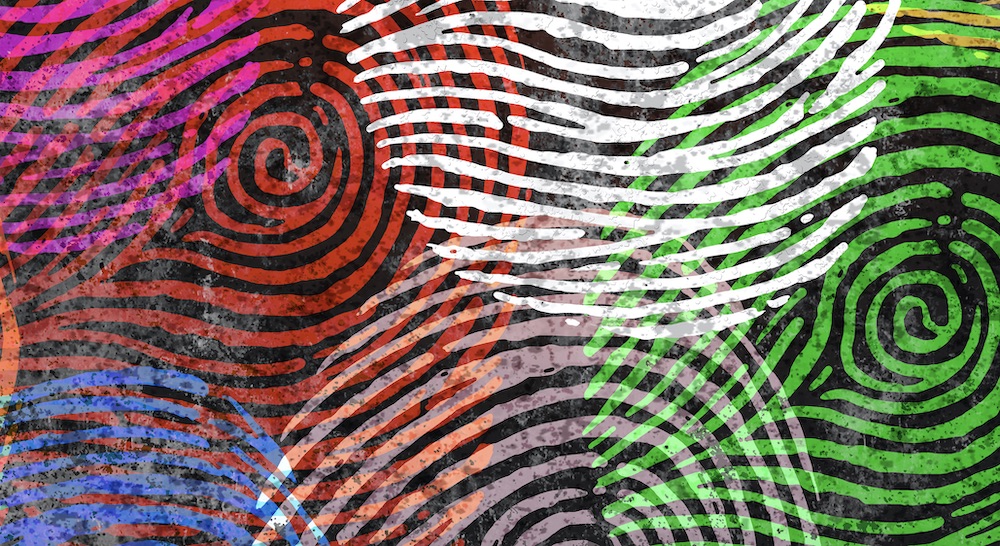
Diversity is our ability to change, to accept, to understand, to respect, to learn, and to grow our knowledge and wisdom.
Unfortunately, corporations across the world are still learning the painful lesson of the price of bias … through lost employees, litigation, diminished sales and revenue, lost customers, and wasted time.
So what is the ultimate price tag of diversity?
We all exemplify the American culture — we are a nation of many nations, races, religions, cultures, thoughts and ideals. We are a rich tapestry of heritage and human experiences. We all have something to contribute. Celebrate those contributions and bring to life the social fabric of our colorful and diverse culture.
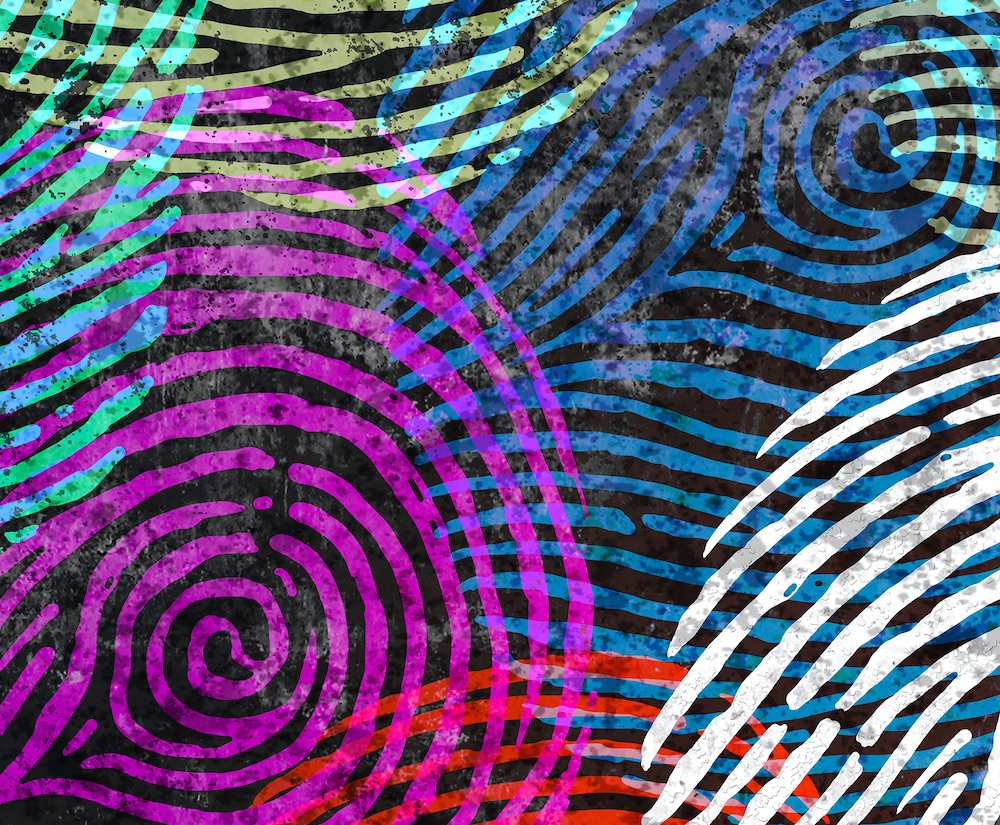
We are all different and that’s a cause for celebration — not discrimination.
We enrich our lives and the lives of others through our uniqueness.
We demand the freedom to be ourselves — regardless of cultural context. When you think about it, wouldn’t life be boring in a world of clones … saying the same things in the same voice?
Becoming more culturally sensitive fosters an environment in which internal dignity — as well as equality — can coexist. We should be celebrating our differences instead of always trying to find similarities because the open doors of differences are invitations to whatever lies beyond.
So how do we remove the barriers between people to fully embrace diversity and raise the bar of our cultural intelligence?
The solution is simple — yet it is a lifelong process of discovery.
It involves three things: awareness, change, and wisdom. Let’s first talk about awareness …. and I’m not talking about the awareness of other cultures and ways of life. I’m talking about self-awareness and introspection — more specifically, understanding the role fear plays in your life and how it keeps you from opening up to others.
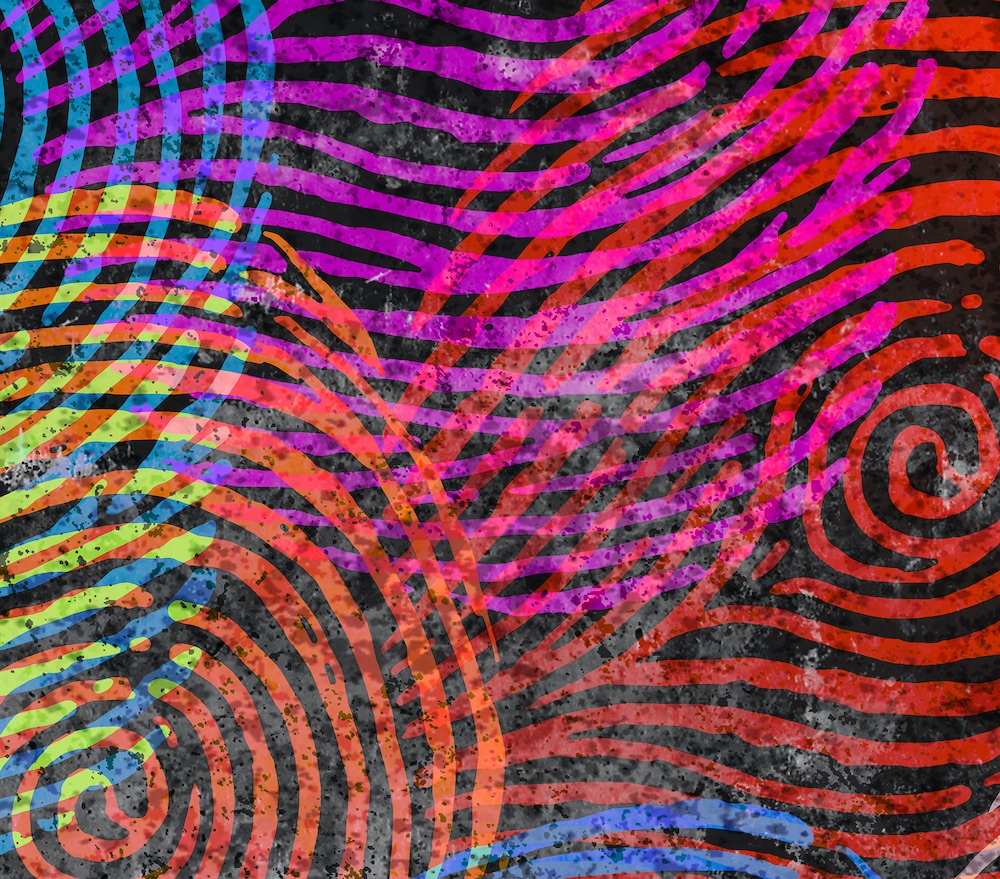
Step One: Awareness – Understand Your Fear
Let’s face it, everything we think and do every second of every day is dictated by how much we fear.
Fear is built into our DNA and adrenaline is hardwired to our brain. We may think that we are civilized creatures, but deep down inside we still react like cavemen and women. We’re afraid of our own vulnerability and survival in a seemingly hostile world of perceived predators. That’s why we have a deep-seated need to belong to a group to survive and readily subscribe to this tribal mentality as children. We don’t want to feel like a baby left in the woods — we want to be protected. And when you think about it … it all makes sense.
We fear first and think second.
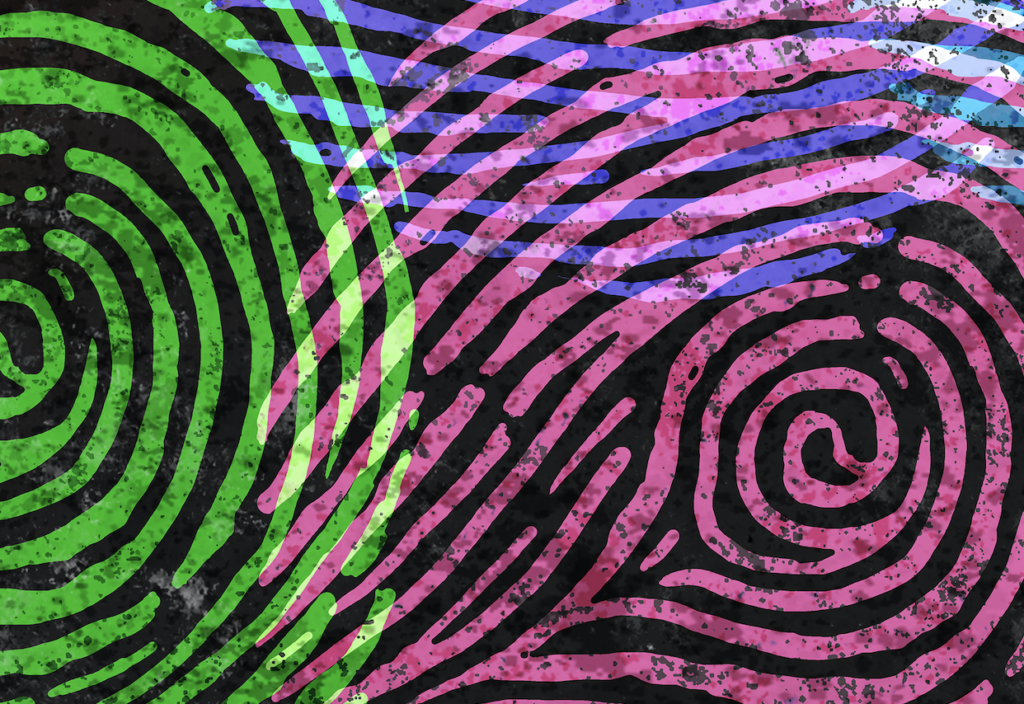
We receive information through our senses — our eyes or ears for example because this is how we’ve always sensed danger. And, we’re engineered to instantly react to that information through adrenaline. It’s the age-old fight or flight instinct. We continually compare new sensory data we take in against other stored data in our brain in order to categorize and label new information to determine what is familiar and what is to be feared … what is beneficial to us and not beneficial — which we then disregard. We also use this information to judge what is superior and inferior.
Our brain then deposits this new data into a stored set of generalized information called group identity – or stereotypes – which is only exacerbated by the media.
For instance, what comes to mind when you think of a blonde?
We don’t normally say “elegant blonde” or ”sophisticated blonde” … we say, “dumb blonde” and sometimes we even go so far as to throw in a geographic location when we say “California blonde.” This is also usually gender-based because who do we think of as a dumb blonde? A man or a woman? Do we say, “dumb brunette?” “dumb redhead?” No. The dumb blonde stereotype is already imprinted in our brain which has already assigned this group with certain characteristics. Categorizing, labeling, and generalizing sensory data is the brain’s simple approach to dealing with the complexity of life.
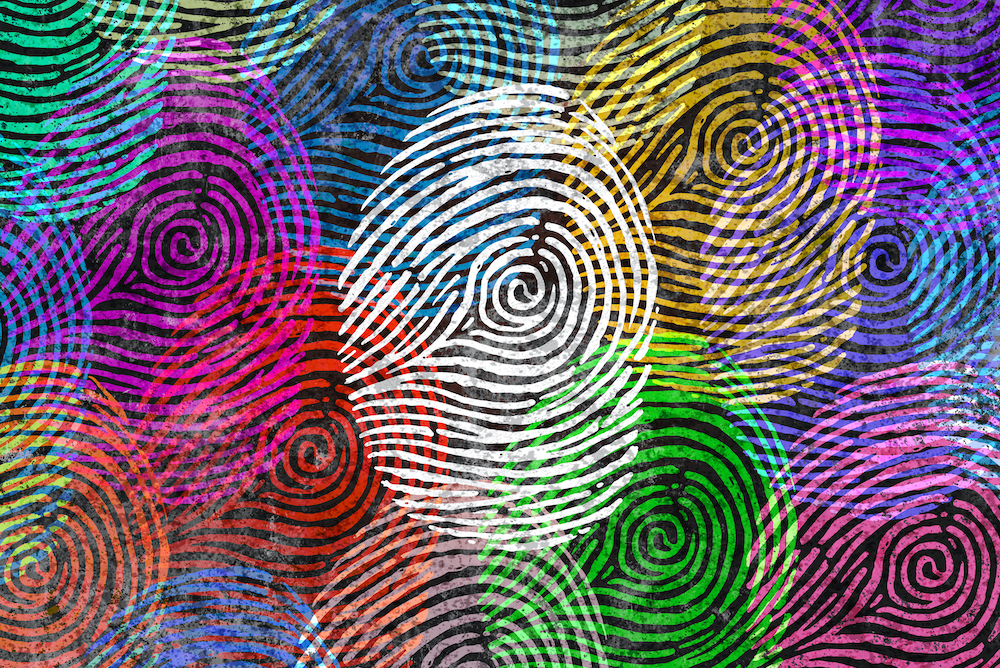
For example, within milliseconds, we categorize people based on appearances and first impressions to determine if the other person is like us or not like us. We judge friend or foe, trust or distrust, familiar or fearful in milliseconds. If the brain determines that the other person is more like us, we feel more comfortable that they are not a threat to our survival.
Think about it. We’re like water. We often take the path of least resistance.
Discomfort, therefore, raises our stress level. So we’ll go out of our way to get away from the tense situation or try to change it so that it looks more like what we’re used to …. the old, familiar, predictable patterns of our everyday life. This habit of developing familiar habits can become a powerful basis for bias.
While fear is built into our DNA, bias is actually an acquired habit of thought rooted in fear and fueled by conditioning.
It’s reinforced by past experiences, perceptions, education, tribal knowledge, personal habits, and most definitely … the media.
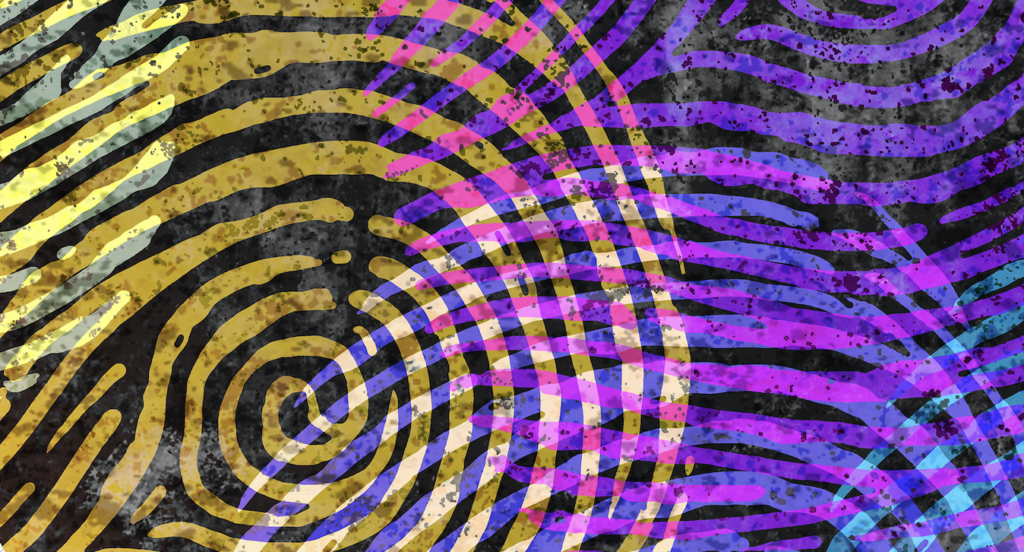
What we don’t realize is the more we avoid stress, the less successful we’ll be in our personal, professional, and spiritual growth — because growth requires stretching, risking, and venturing into new territory. The good news is that we can consciously become agents of change to override the tribal mentality we were born into … to understand and move past our fear and kick the adrenaline addiction.
Once we evolve in our thinking as adults, question the microscopic view of our tribal knowledge, and open our minds to possibilities — we become more conscious of our own uniqueness and want to develop our own identity.
No longer do we want to be just a part of the mosaic of our culture. We want to stand for something new, different, and progressive. We begin to really analyze information more and not be so reactive.
So forget the fear … it’s holding you back and it’s a stumbling block. Get over it and get on with your life and get into diversity.
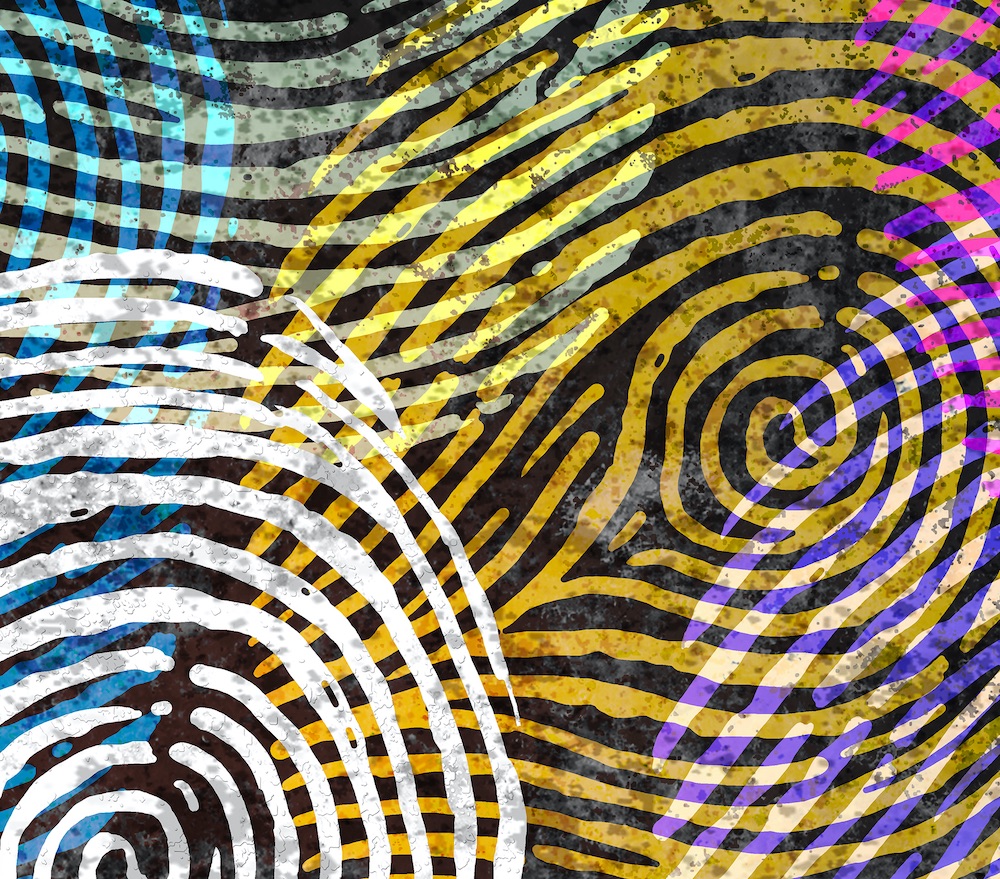
Move to the next level of human development and awareness, and I’m not talking about being politically correct. I’m talking about being curious and opening your mind and that’s the next step in growing your cultural intelligence.
Cultivating a curious mind plants the seeds of a new vision so that we can leverage the unique footprints of ideas and innovations. Instead of trying to mold others to be more like ourselves, we should appreciate and learn from our differences as an opportunity to grow.
Look for the nuggets of knowledge that others have to offer. As you start to manage your fear – because believe me – it’ll always be there – you just have to manage it – you’ll experience exponential change and growth … it’s inevitable.
When we’re grounded in a firm sense of identity and self-esteem, we aren’t threatened by new ideas, values, experiences, people, perspectives, and approaches.
Step 2: Change – Cultivate a Curious Mind
Remember this: fear can’t compete with a curious mind.
Curiosity invites change. When we’re curious, we see all the possibilities that we didn’t see before.
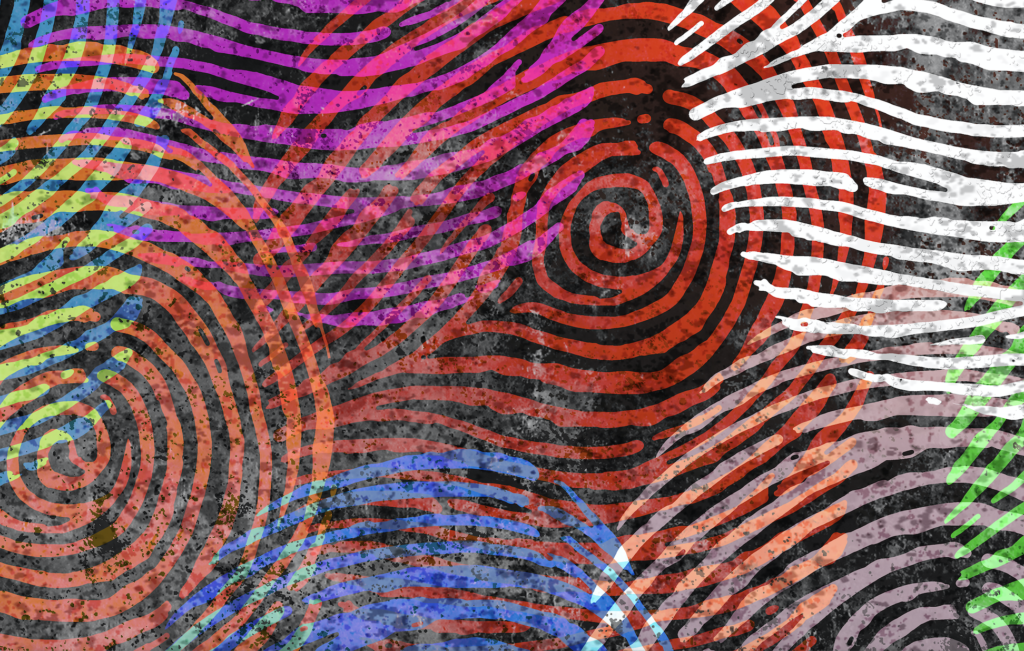
Keep in mind that these possibilities have always been there … but we’ve been blind to them up until that point. And once we see the possibilities … we just keep discovering more. It’s called our reticular activating system which takes new information and raises it from our unconscious to our conscious level.
Just remember, we’re not a melting pot … we’re more of a garden of many vegetables with different tastes and textures — each unique, distinct, yet complimentary.
We live in a constantly changing cultural landscape.
We don’t conform to a single ideal, thought, or behavior. We’re as different as snowflakes — not one of us is the same as the other. A single storyline about a person can’t capture the complexity of their life.
For instance, I’m at a different stage in life with a unique set of circumstances and experiences from all of you. At the same time, each one of you is at a different stage in life with a unique set of circumstances and experiences from everyone else in the room. Think of someone you work with, whether or not they are the same gender, age, or race as you – they are still as different as their DNA blueprint. Now add to that human matrix another data set of behaviors, beliefs, attitudes, and expectations. The complexity grows as we add languages, leadership abilities, learning patterns, and communication styles. You understand where I’m coming from. Diversity begins at the microcosmic DNA level and transcends to the macrocosm of society. It’s what makes life interesting.
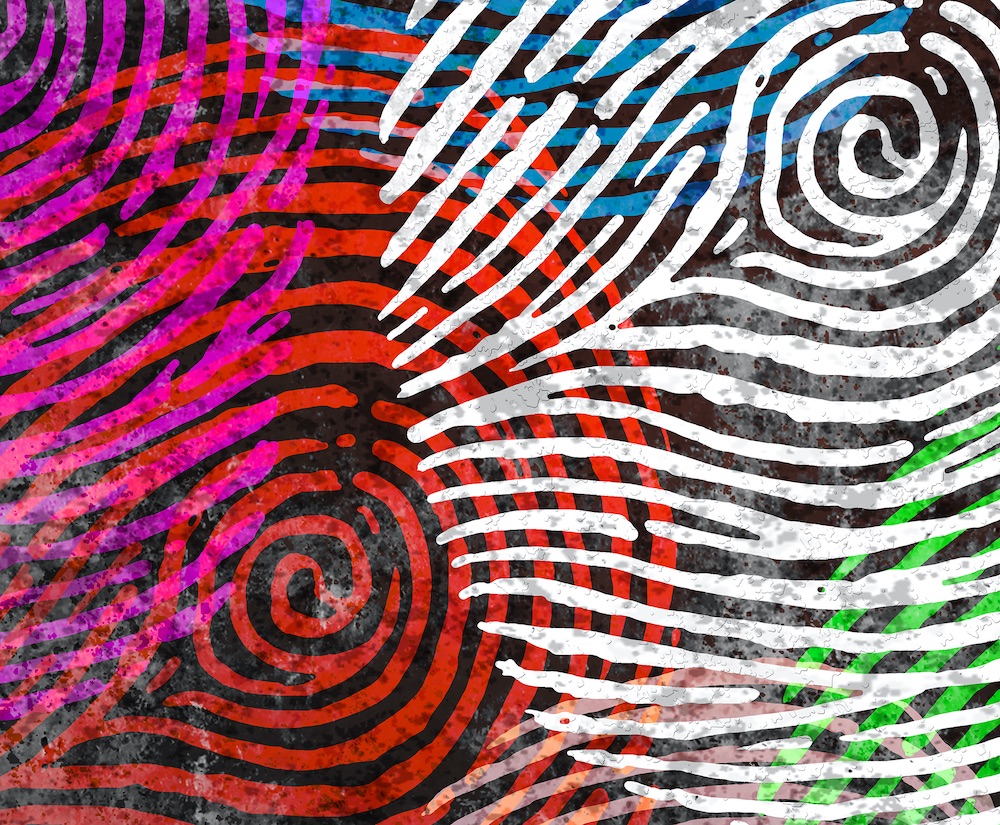
It takes stepping outside ourselves to understand and appreciate another’s way of thinking and acting based on their cultural heritage and experiences. Start with a blank slate. You can’t expect others to act and think just like you. Respect who they are and where they’ve come from. Remember, no one is immune to the triumphs and tribulations of life. It’s a journey and you’re on it too. Respect, in turn, paves the way for new ideas, open communication, and breakthroughs in science and social systems.
Transcend the tribal mentality that you were born into.
Learn to separate fact from fiction when it comes to group identity.
When you hear the word “emotional” for example … who typically comes to mind … a man or a woman? An Asian or a Hispanic? When you hear the words “he or she has rhythm,” who comes to mind? A Caucasian or an African American? You know what I mean.
Or what about the word “daycare” … do you associate that word with a male employee or a female employee? What about the words, “artistic” or “creative?”
Attitude is everything. We’re all agents of change and how well you handle change depends on the way you think.
Your thoughts — words — and actions become your reality. Get away from group identity and see the world in a different way.
Our world is formed from our perception of order. But life is not predictable. That’s the serendipity of life. Look at nature which is most comfortable in the balance between chaos and order.
Think outside the box. Live at the edge of your comfort zone. Open your mind to a new avenue of thinking.
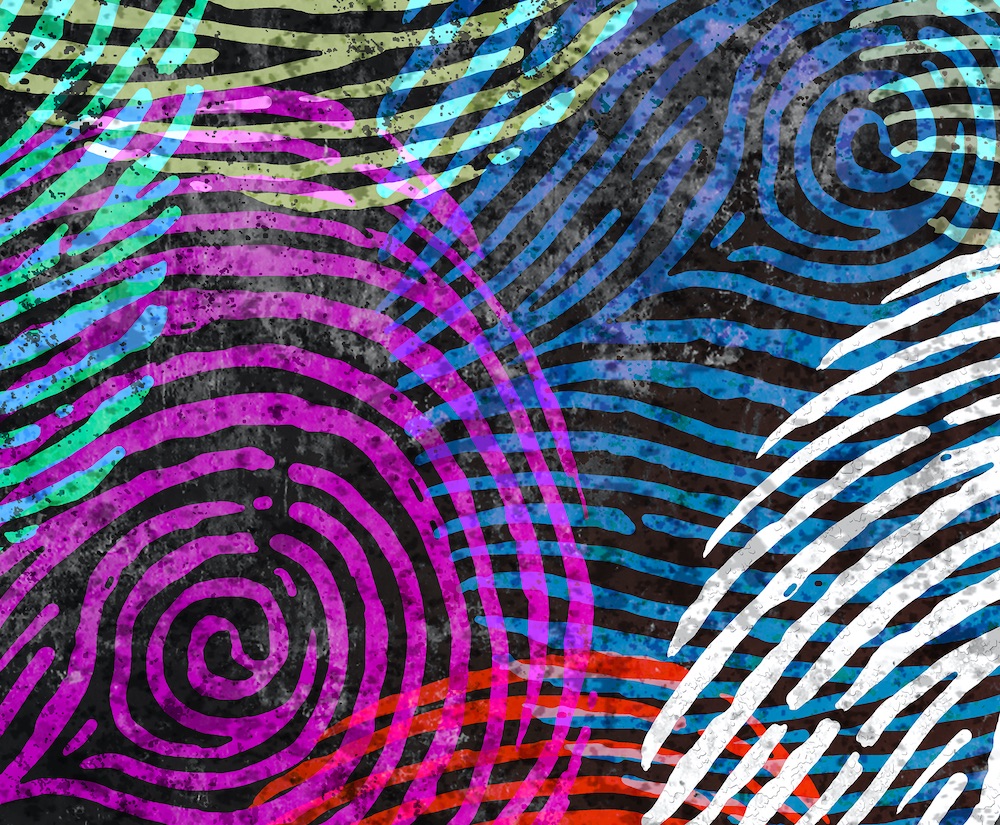
For instance, turn a challenge into a possibility.
Shift your thoughts away from complaints to solutions, and from struggles or challenges to adventure. Compare the data. Learn from it.
These are all hallmarks of human potential, leadership skills, cultural intelligence, and open communication.
Diversity is about mapping a new terrain and adapting to a new environment. Imagination is your mind’s blueprint for constructing your reality. How would you construct your new reality? It’s simple, complete the following sentences — complete it with three different endings.
If I learned a new language…
If I learned about a new culture…
If I traveled to a country that I’m not familiar with…
If I joined an organization outside of my comfort zone…
If I encouraged more cross functional teaming across my organizations, business units, supplier chain, and customer base…
If I viewed each person that I came in contact with as a potential teacher that could expand my awareness in how I view the world around me…
If I invited my neighbors over for dinner to learn more about them and their country of origin…
If I seek to make friends from different backgrounds in order to personally grow in my own cultural intelligence and knowledge…
Think about it … you can meet interesting people, learn more, and others can also learn from you. That’s the right attitude to adopt. Don’t let your fear of feeling different stand in your way. You’re no different from anyone else. We all fear … remember? So why are you so special?
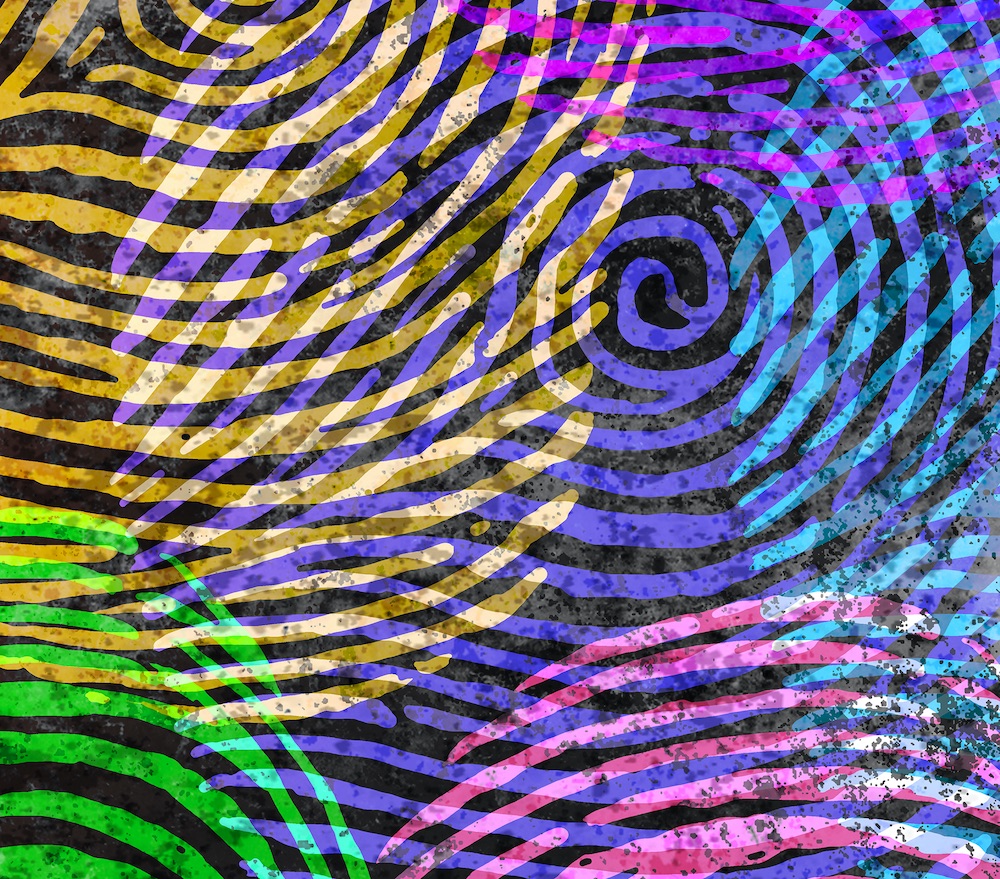
Focus instead on becoming a more avid listener and an engaging conversationalist. Instead of always talking about yourself, ask some thought-provoking questions to elicit some interesting responses from others like:
- What have been some of your greatest challenges?
- How did you overcome them to grow in a positive way?
- What has been the most interesting lesson that you apply in your life?
- What is your greatest passion, hobby, talent, or skill that brings you the greatest reward and feeling of accomplishment?
- What do you want to learn?
- Who has been your greatest mentor and why?
- Who is your favorite historical figure and why?
- What was the happiest moment of your life and why?
- What is your favorite book, movie, artist, or musician?
You’ll find that you have more in common than not … and that diversity becomes more of a bridge to possibilities than a wall of fear.
And guess what? Once the fear is gone and you’ve transcended to a new level of comfort … you’ll wonder where you’ve been the whole time and why you’ve wasted energy on securing the fortress to keep others out.
As a manager, leader, and individual complete these sentences –
- If I learned how to tap in a person’s potential instead of trying to get them to conform to my standard operating procedure…
- If I showed more interest in others through my nonverbal communication? Through better eye contact and open body language…
Next: Part II Coming Soon
Jim Madrid is the Founder of Entelechy Training and Development, a California-based Human Performance firm. Jim is an accomplished consultant, speaker, and author and has developed a nationally recognized performance management and staff development program.
As an expert in Strategic Planning and measurement systems, Jim is a sought-after advisor to CEOs wishing to optimize the performance of their companies and their employees.

